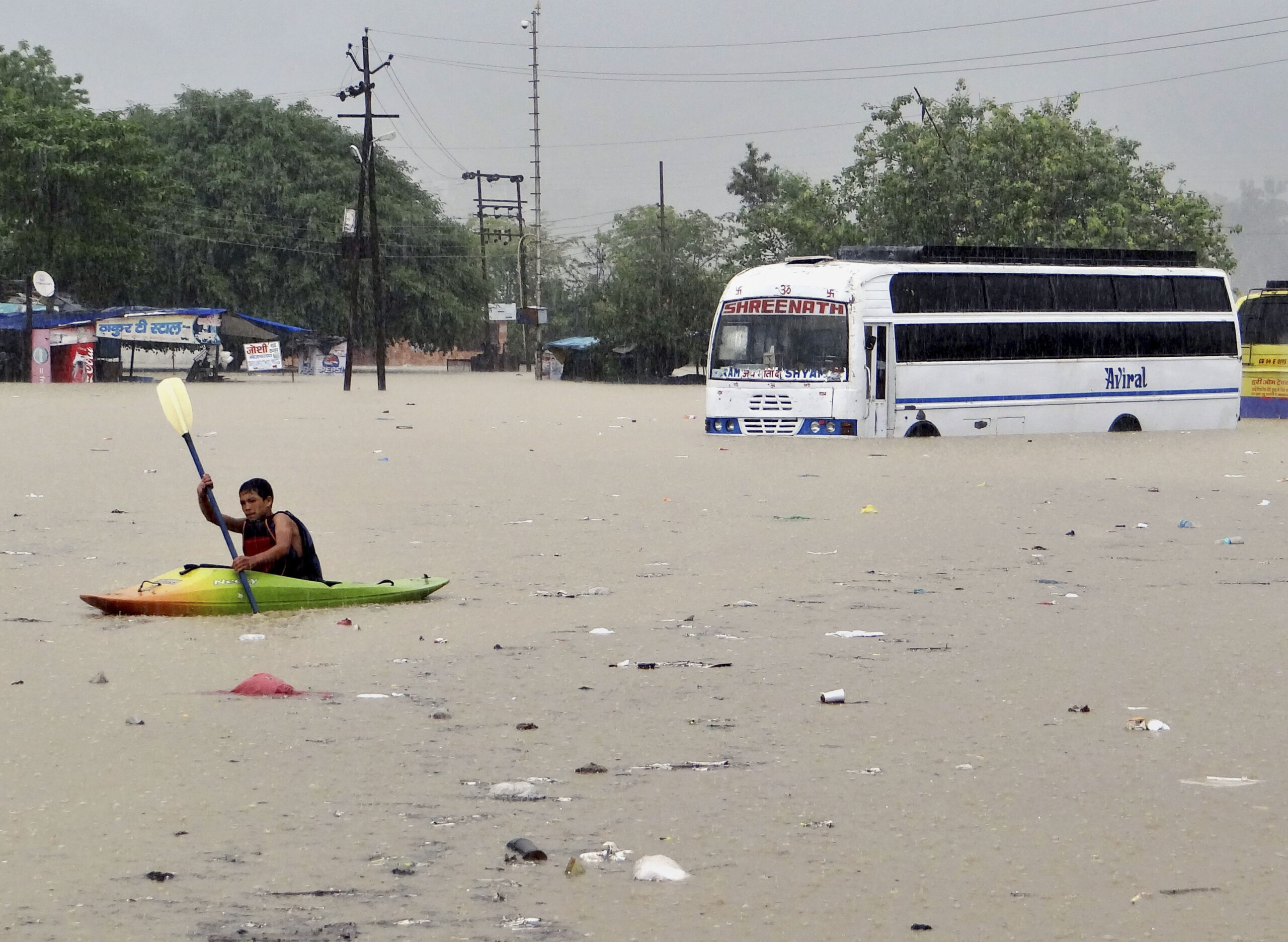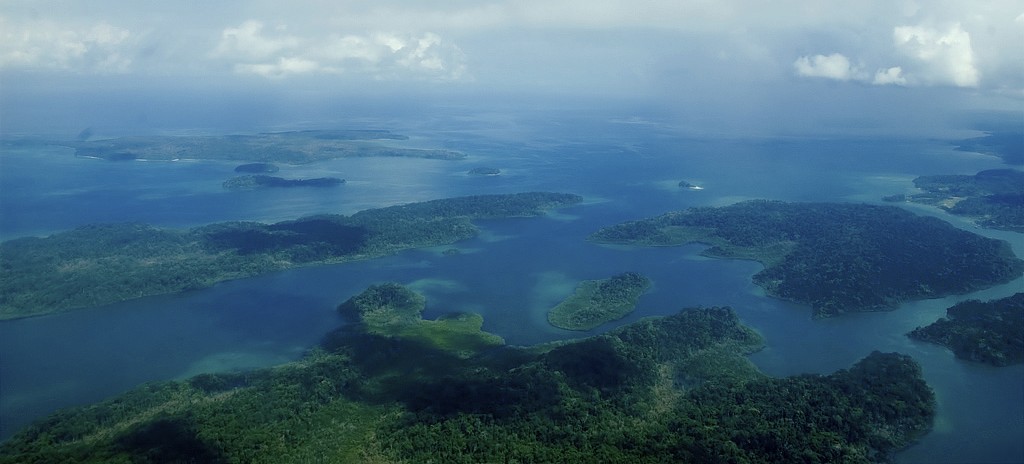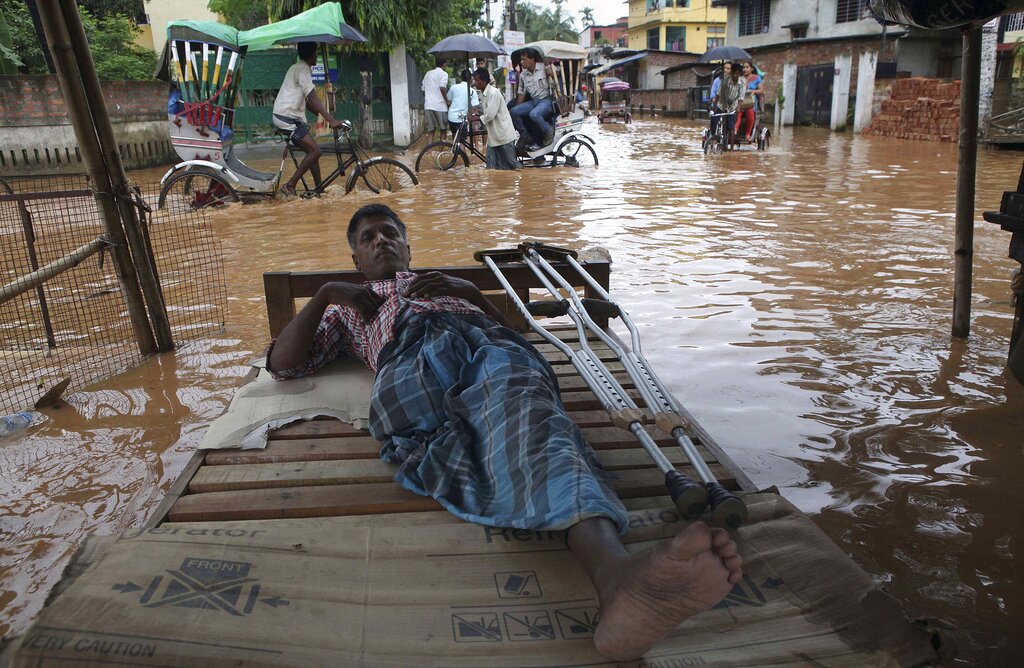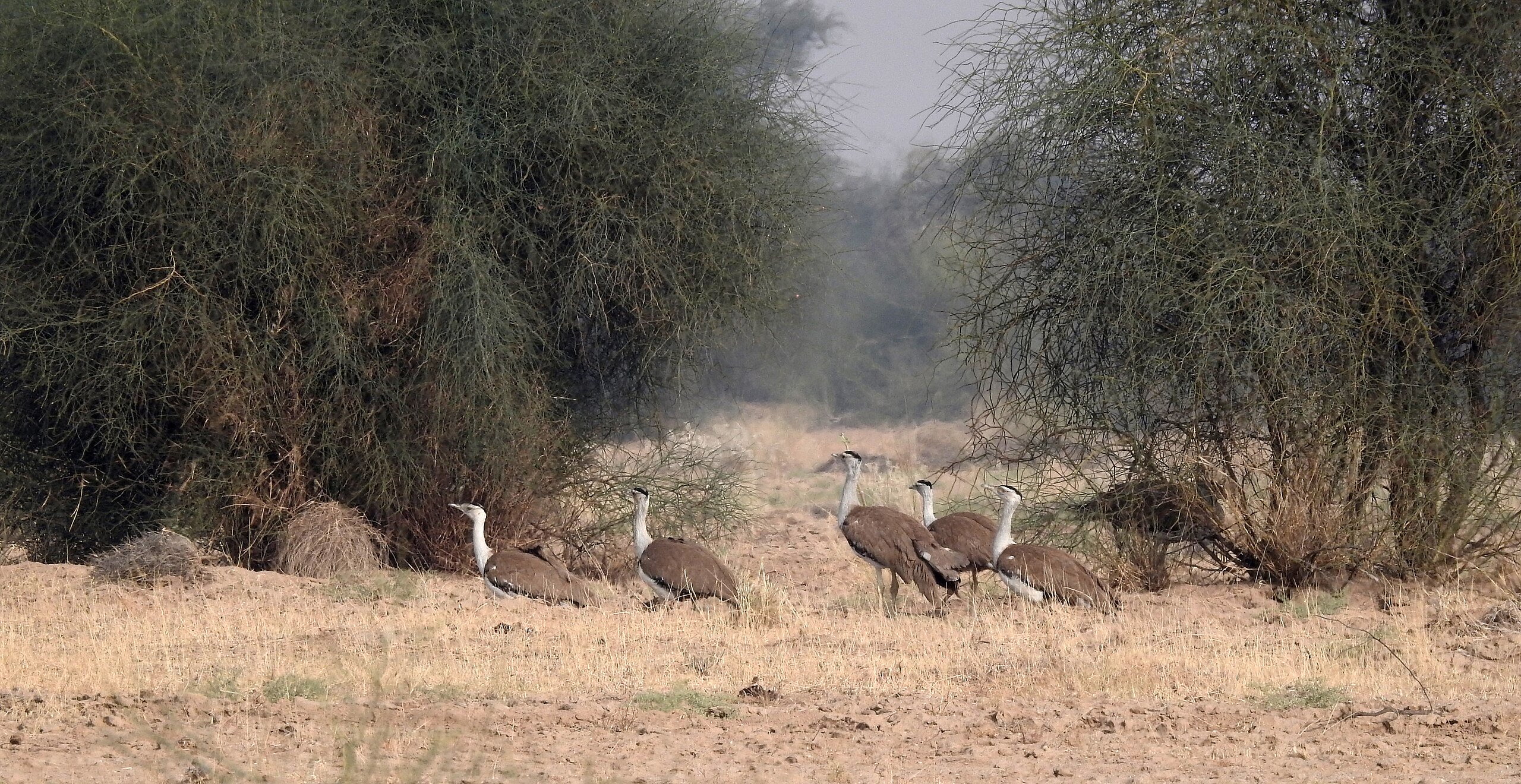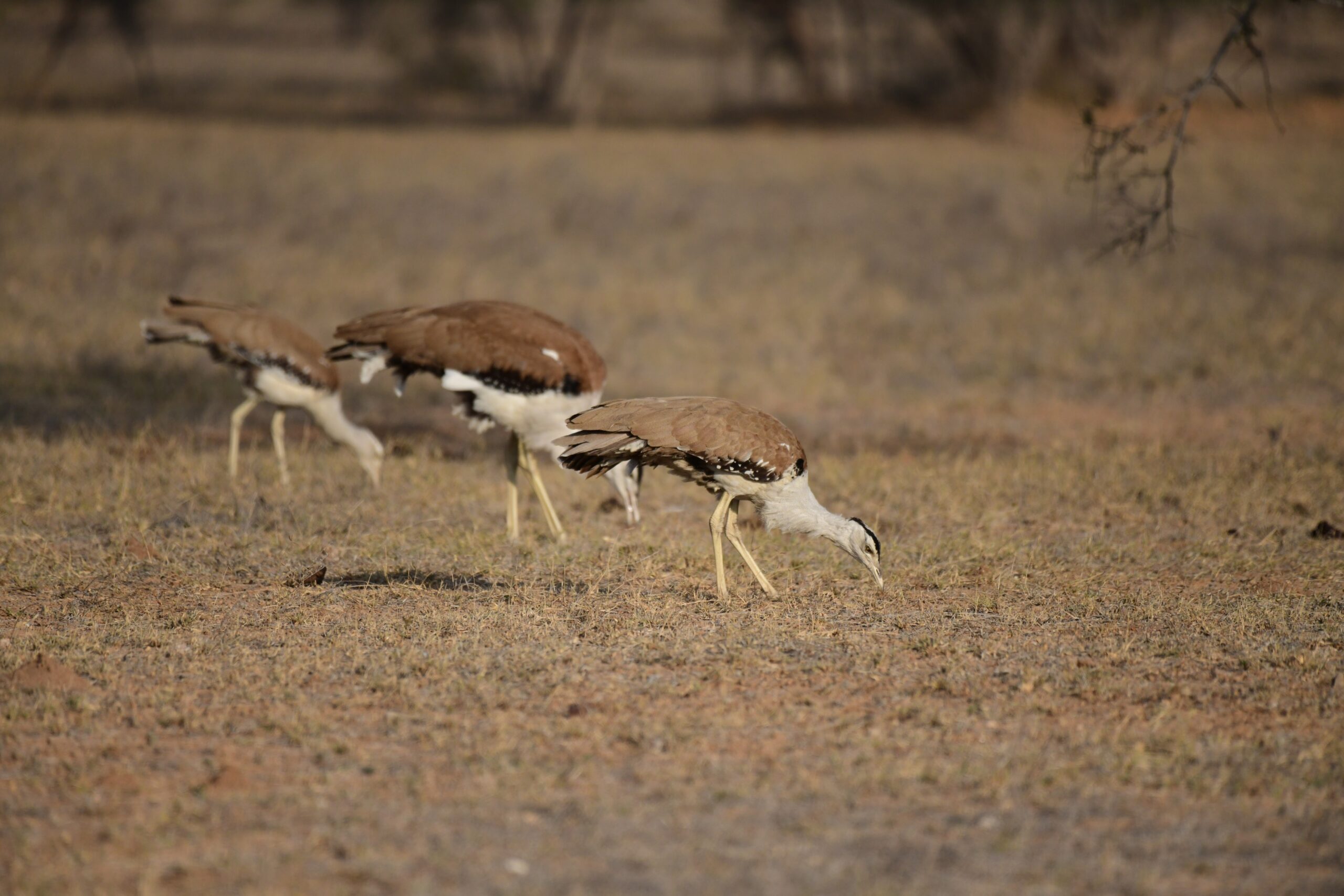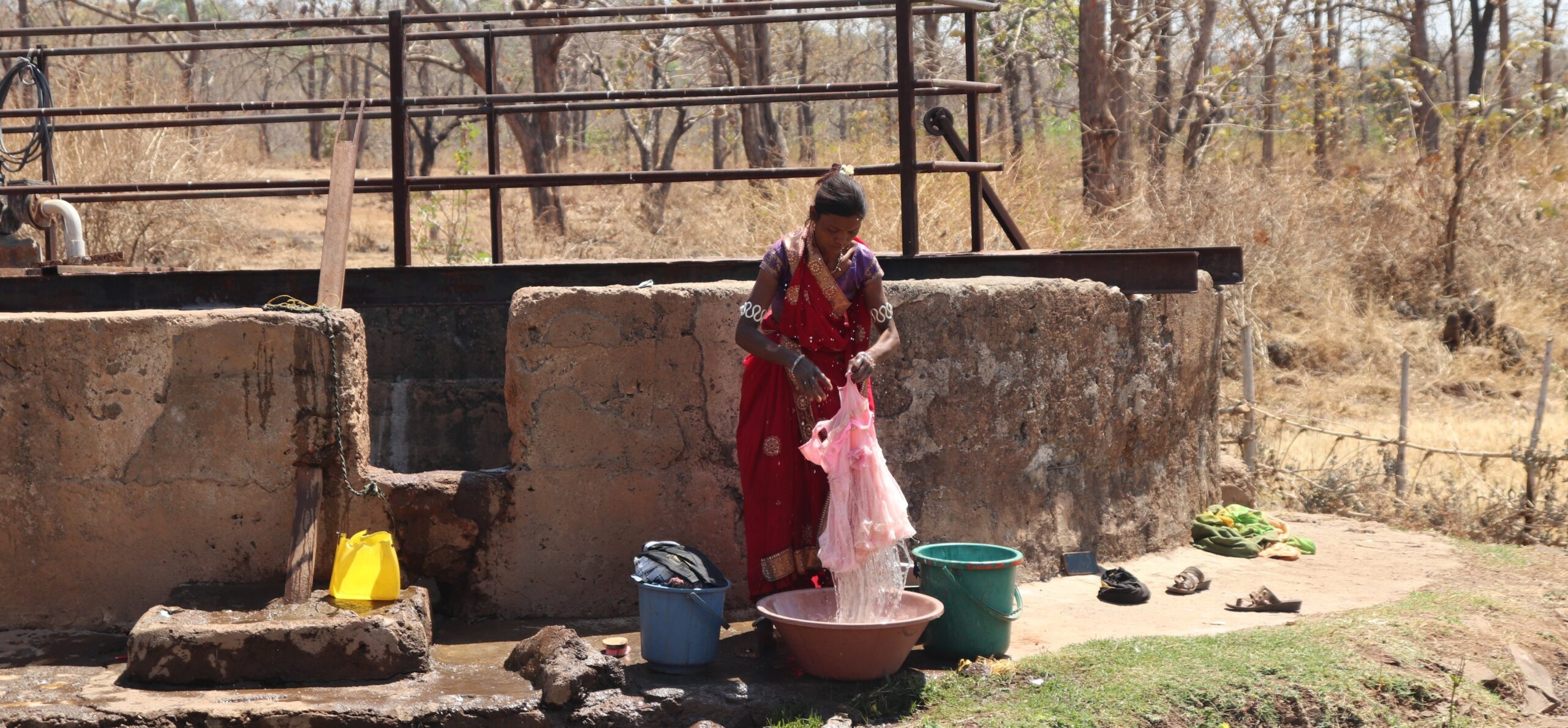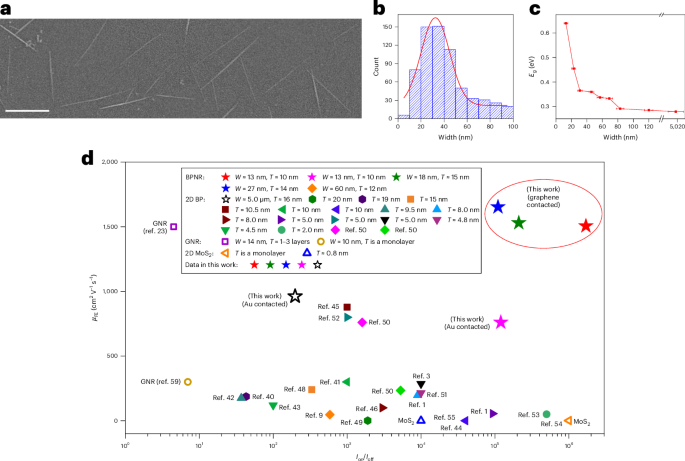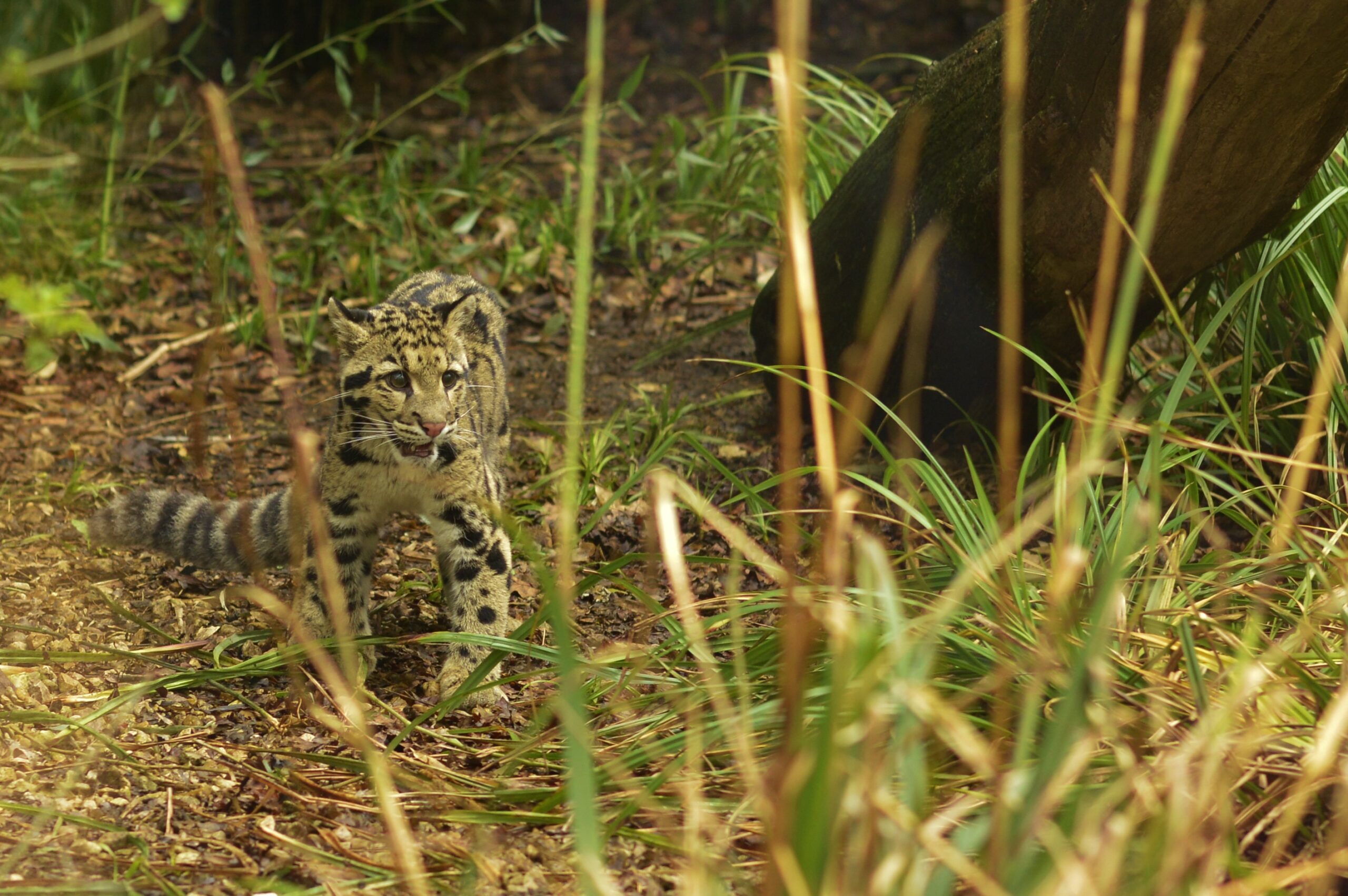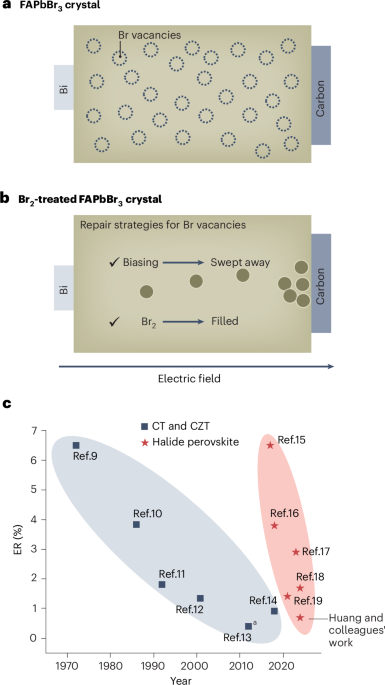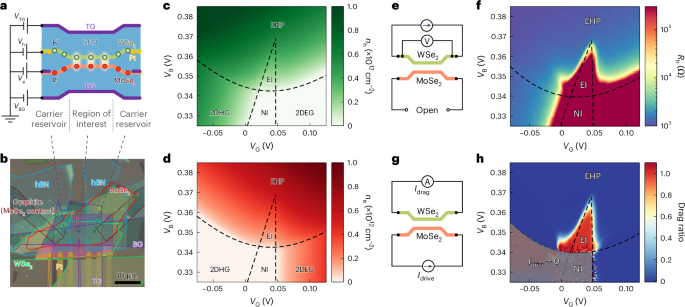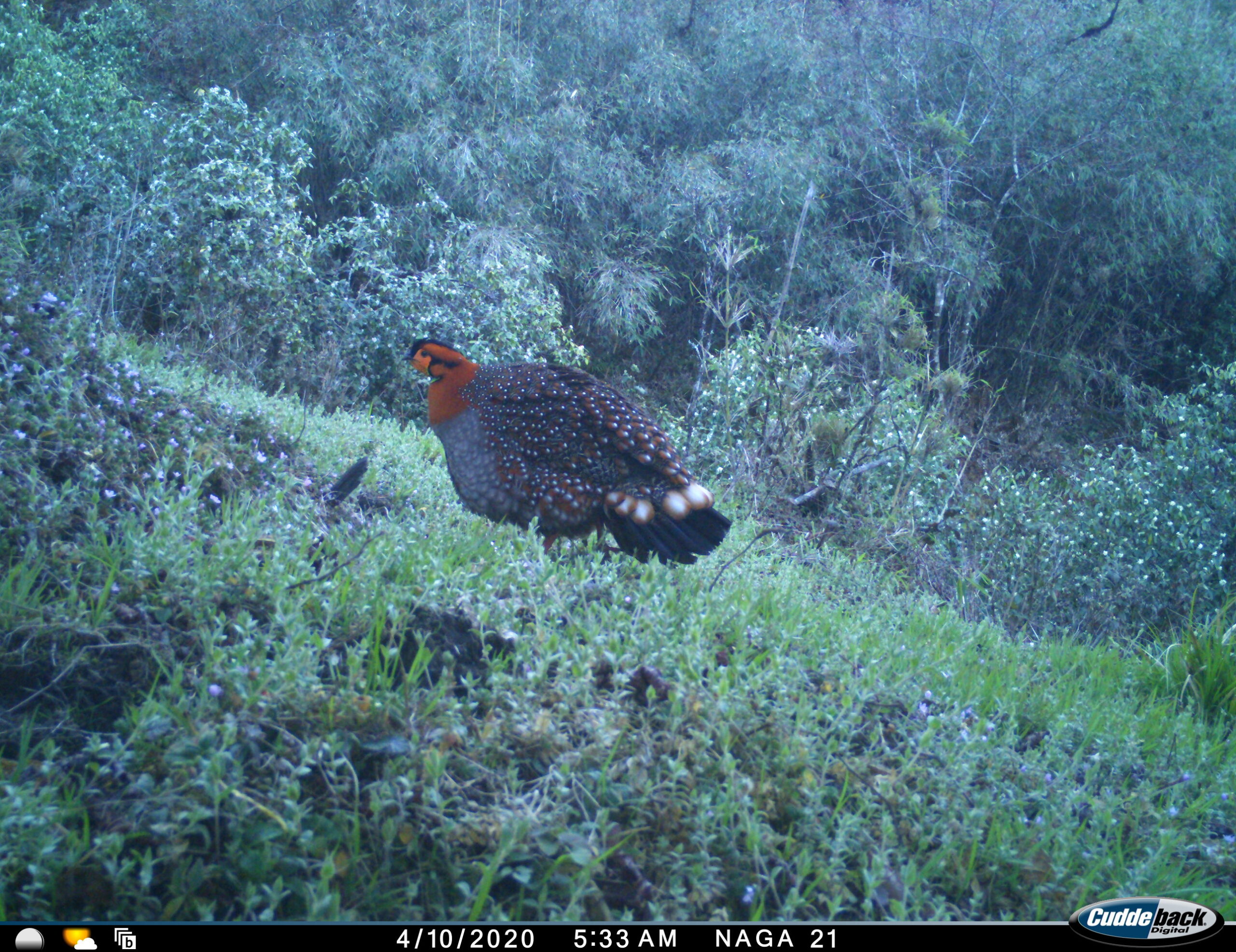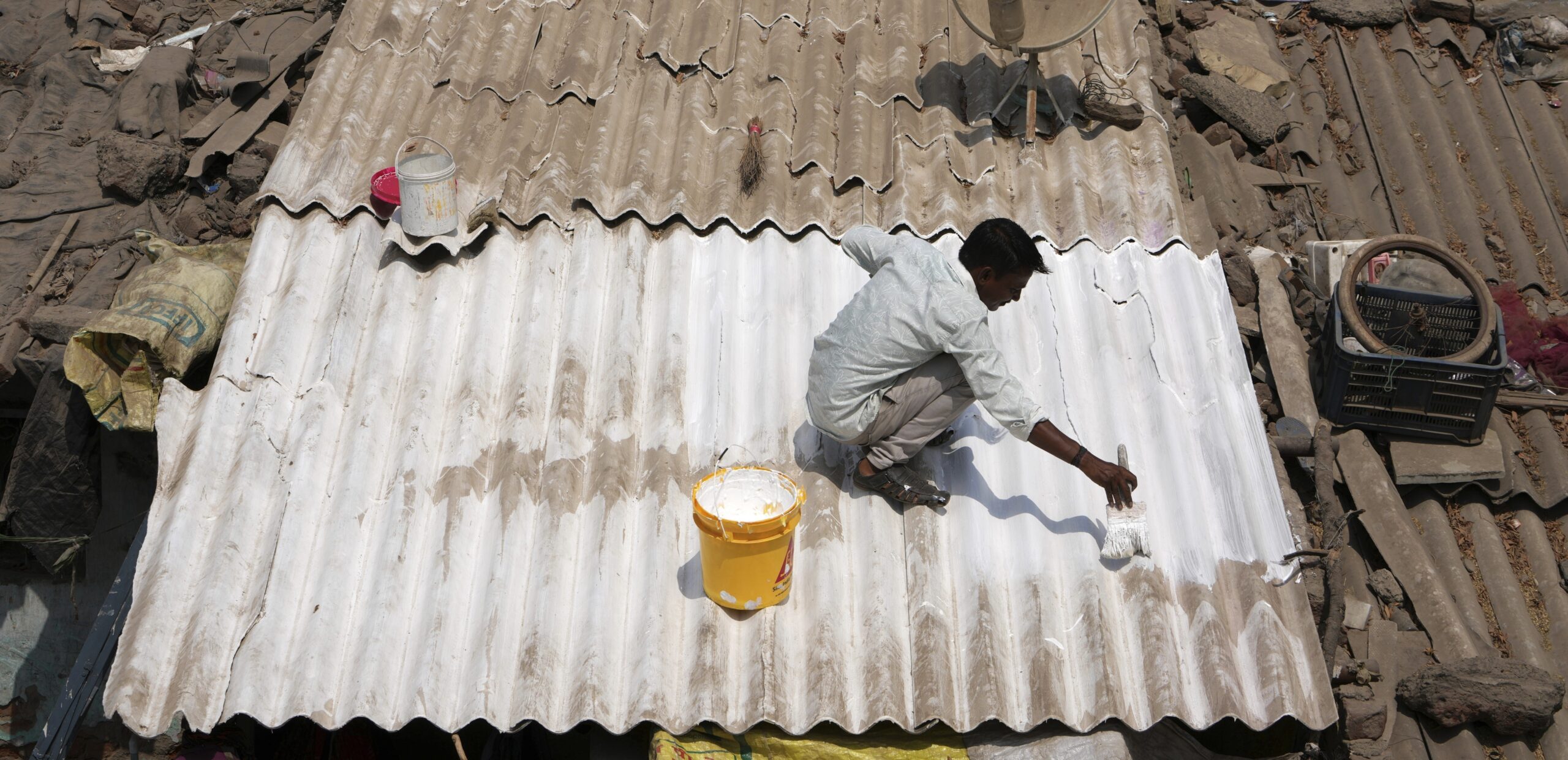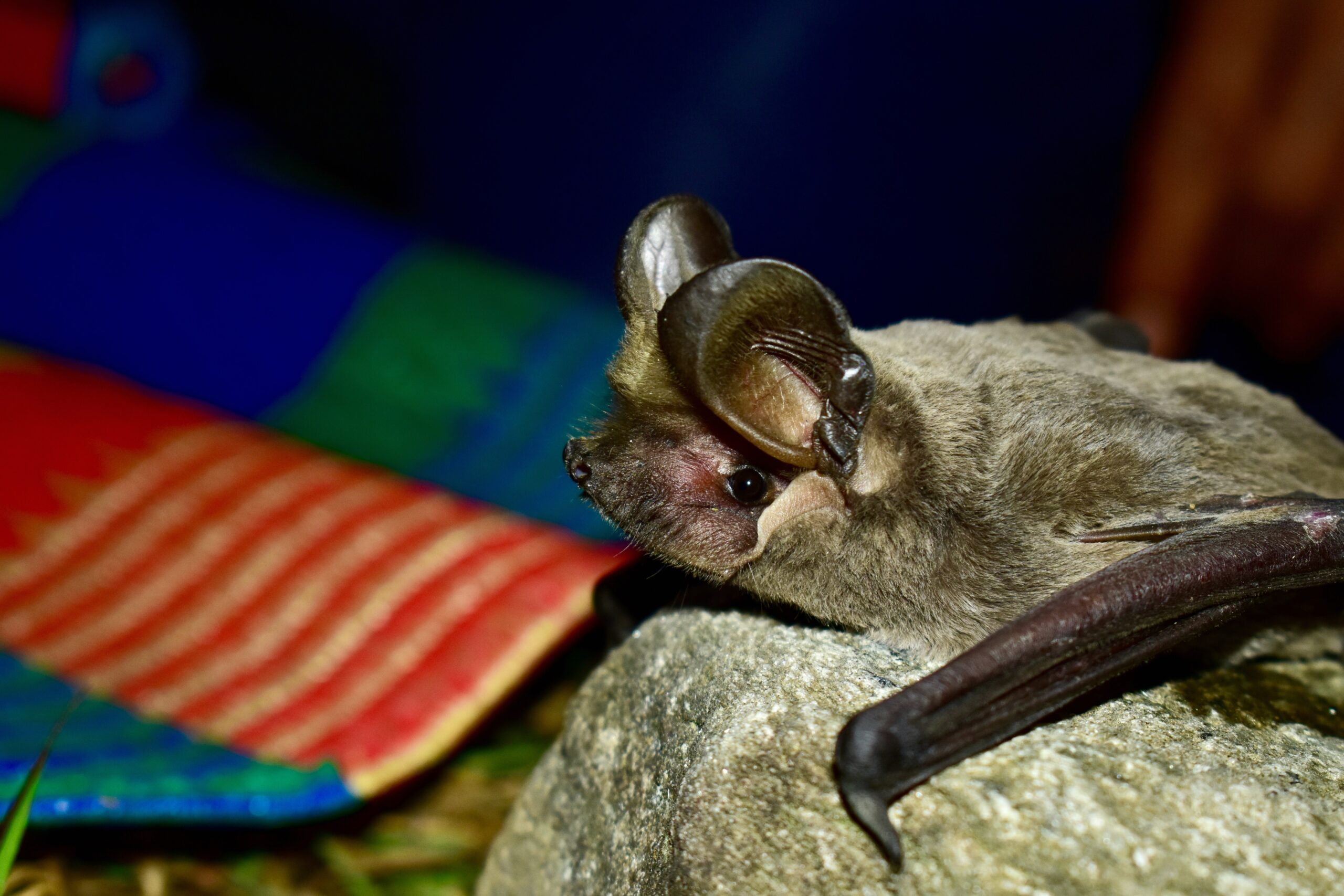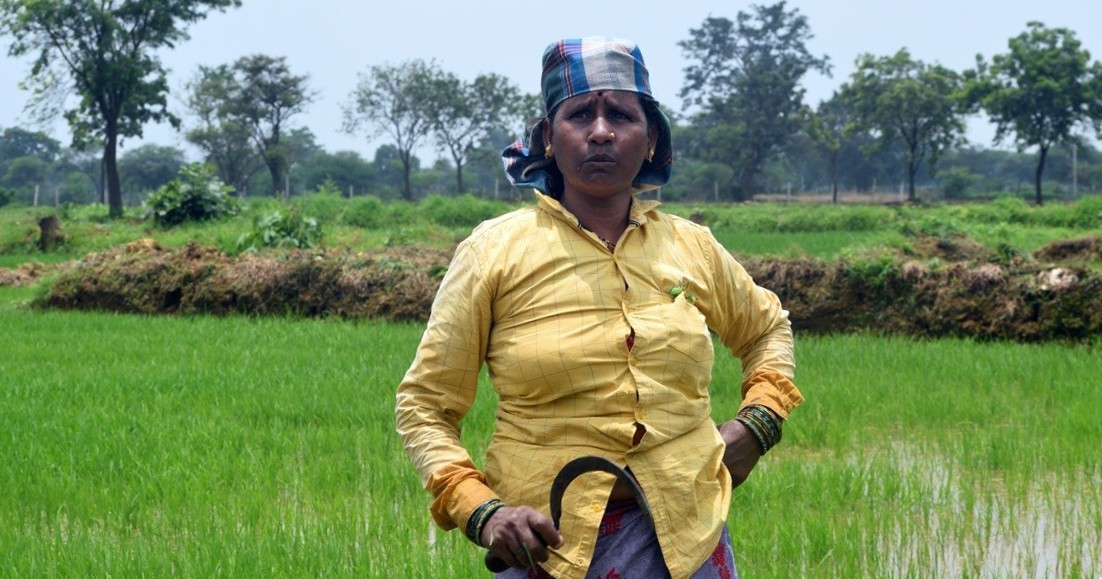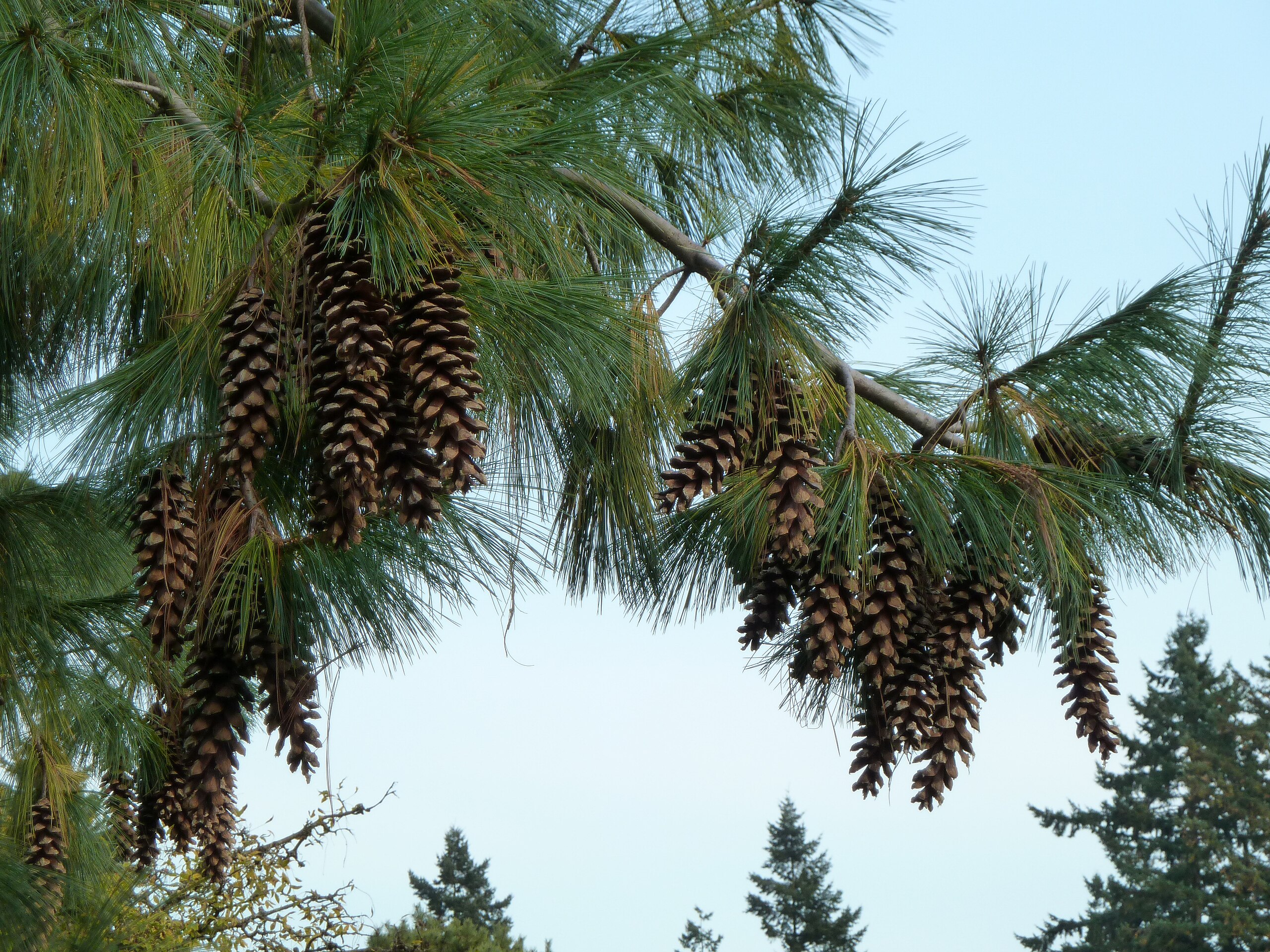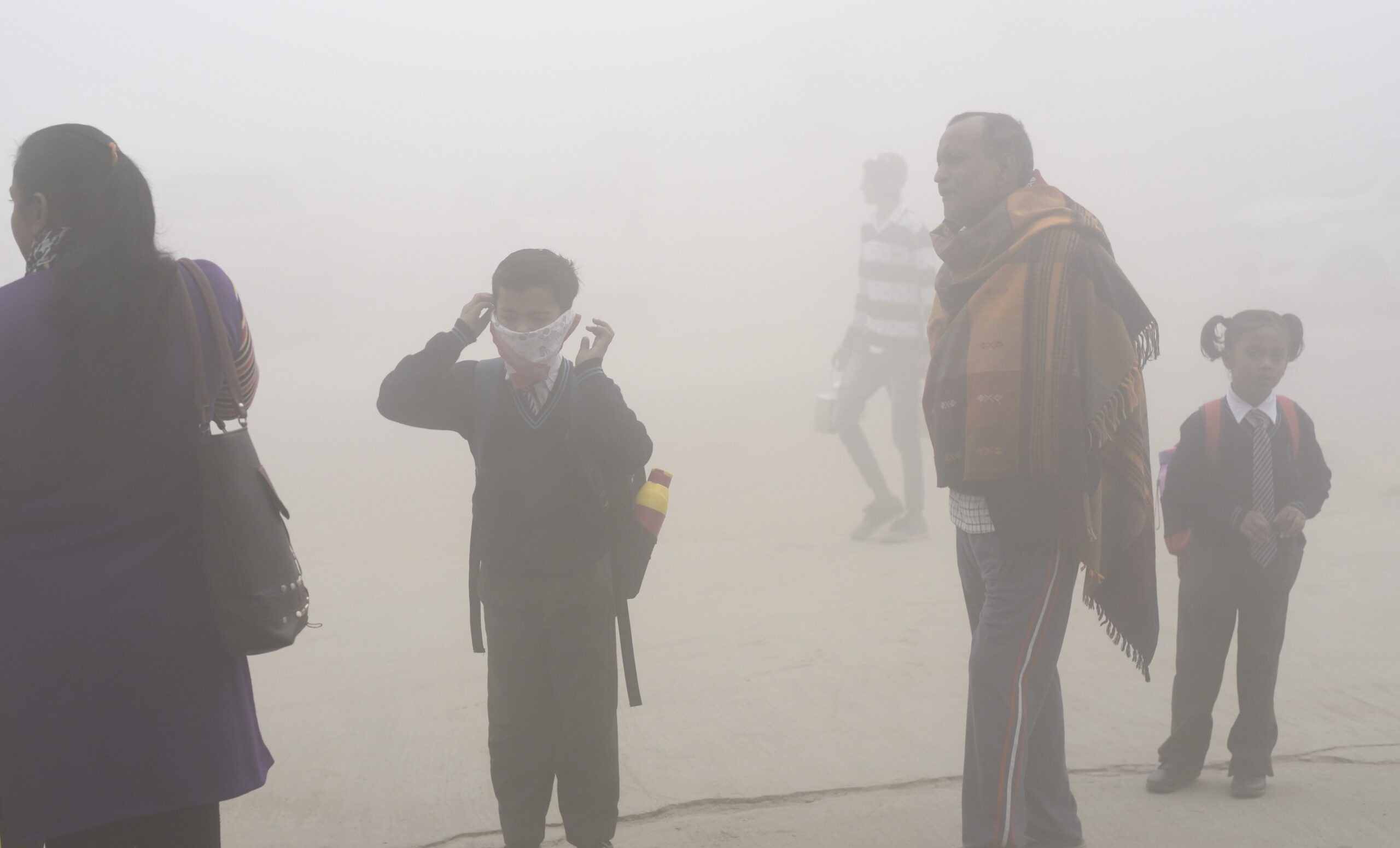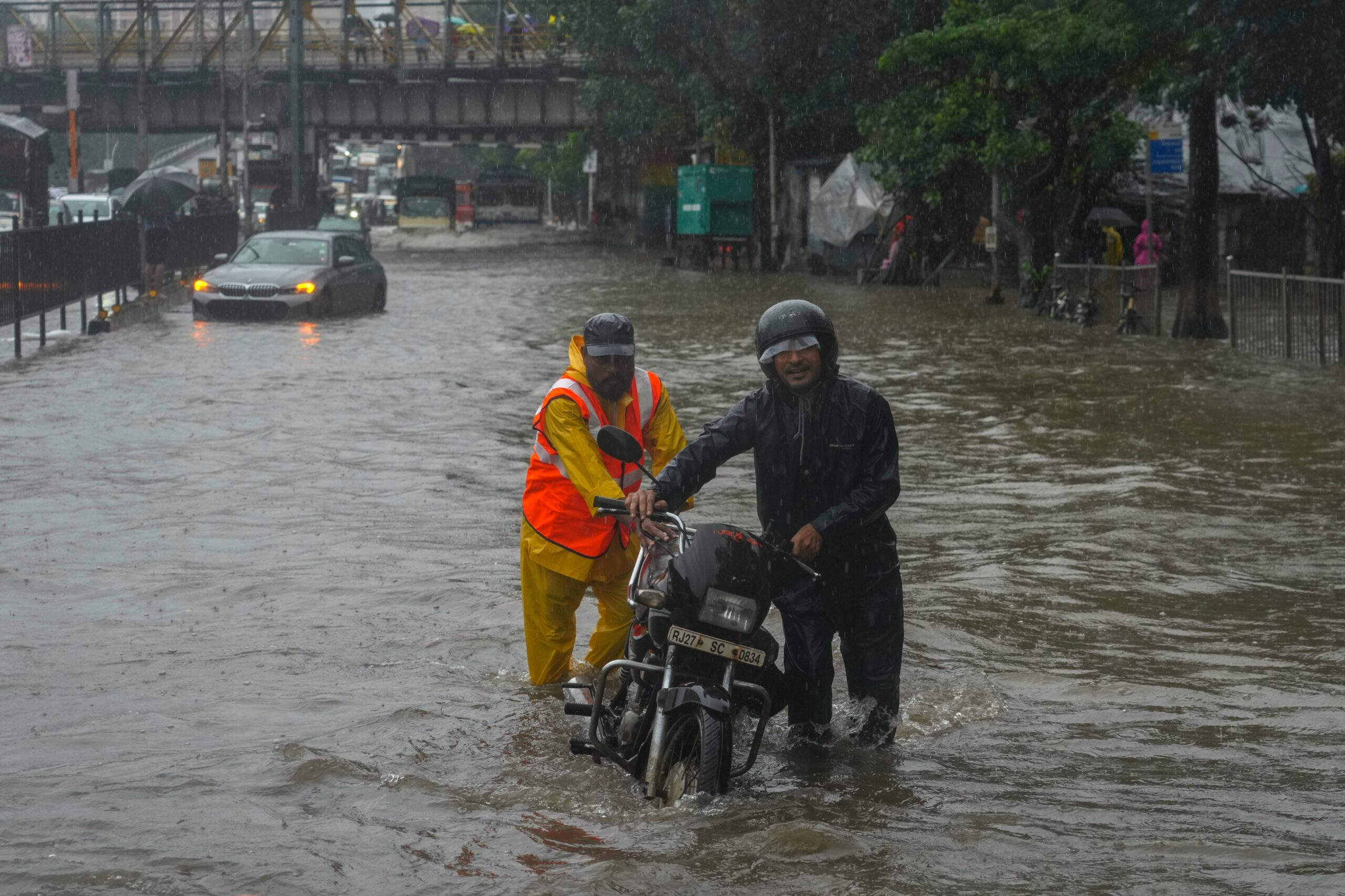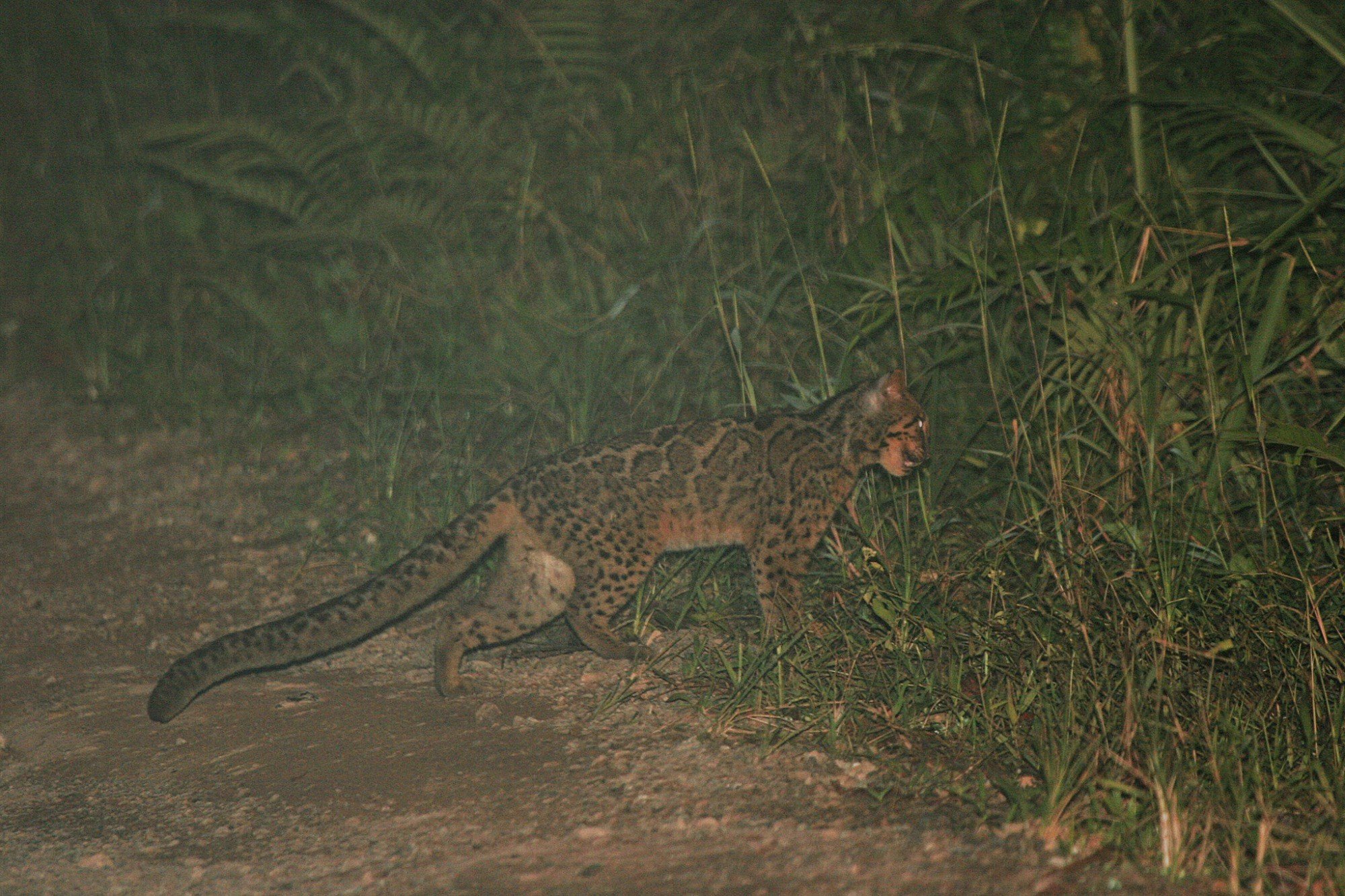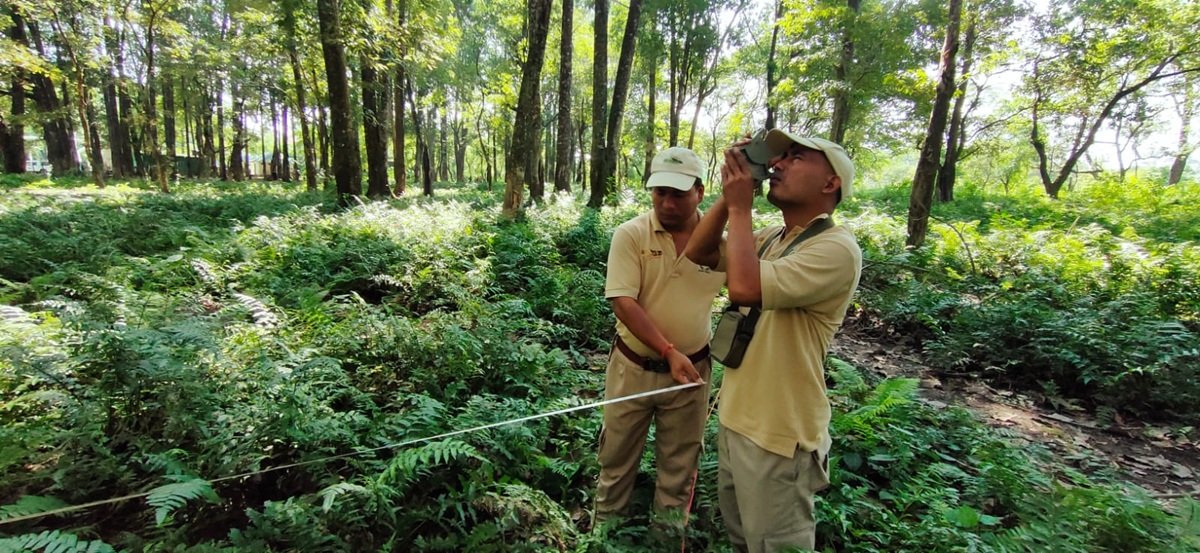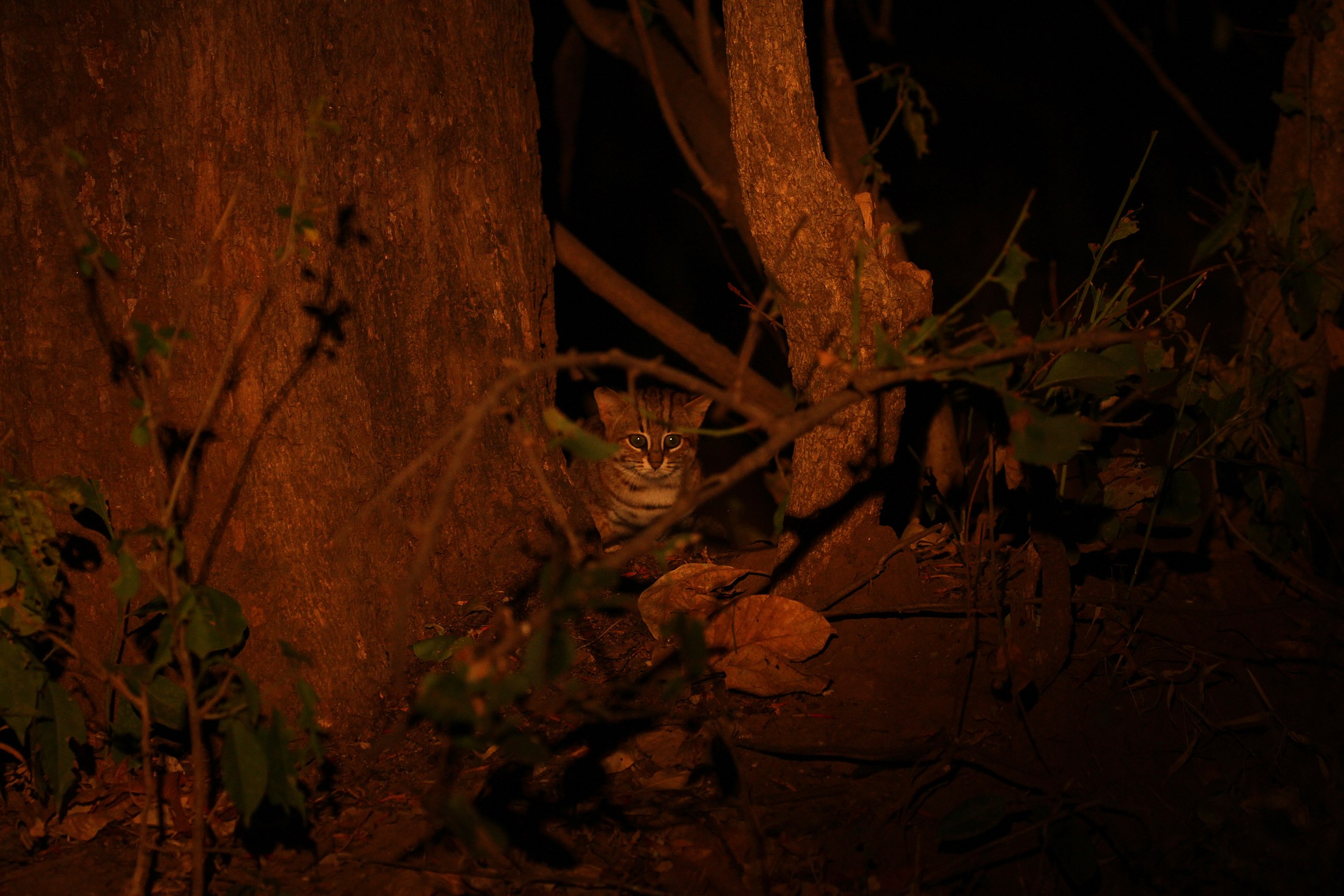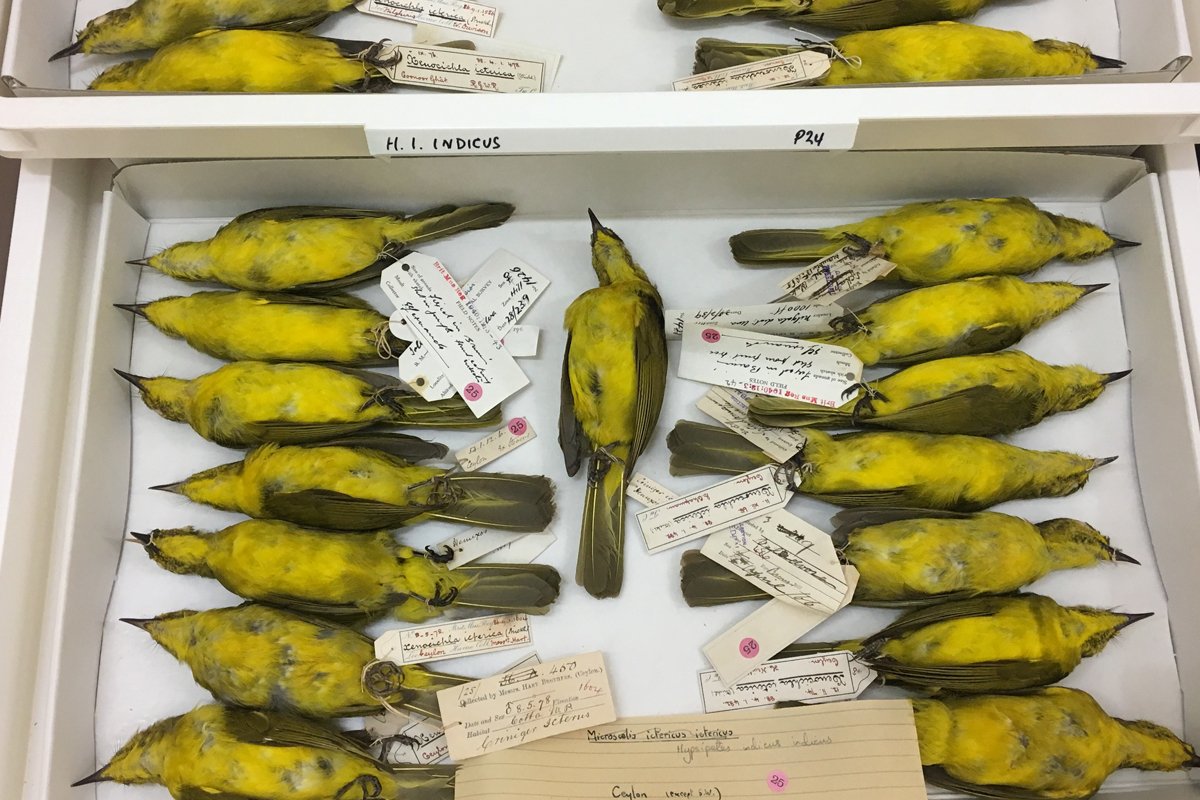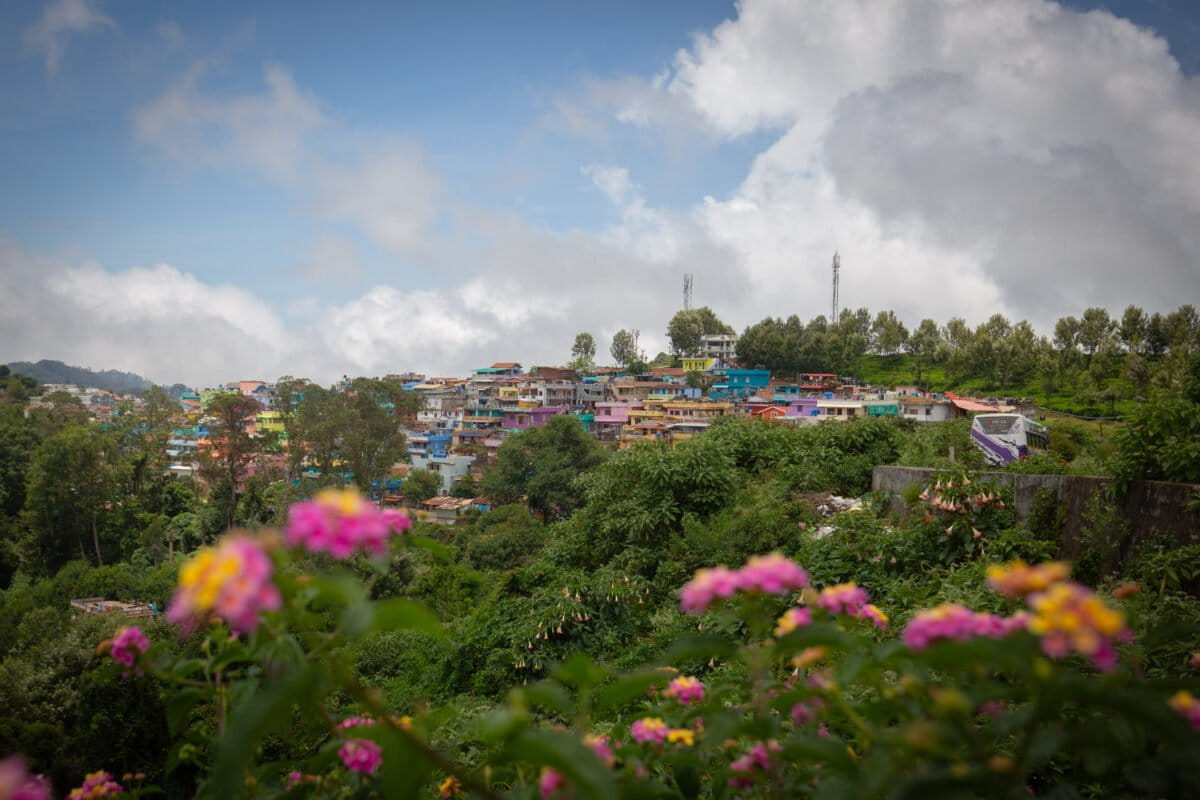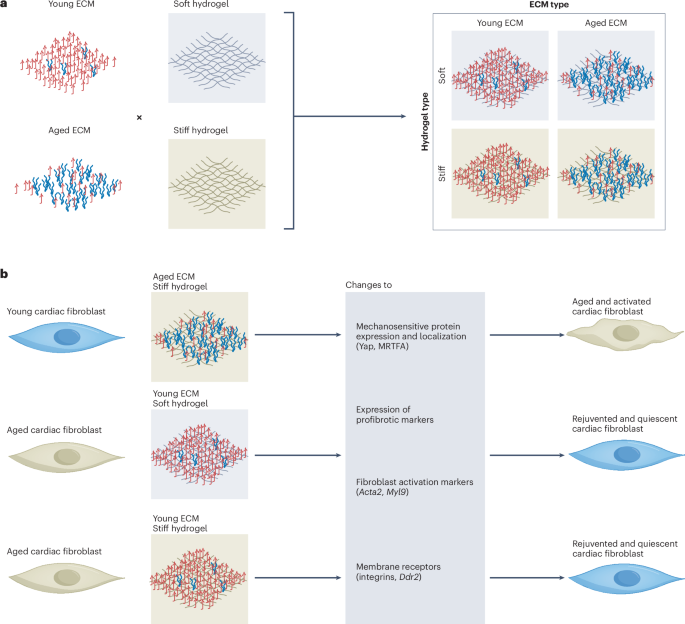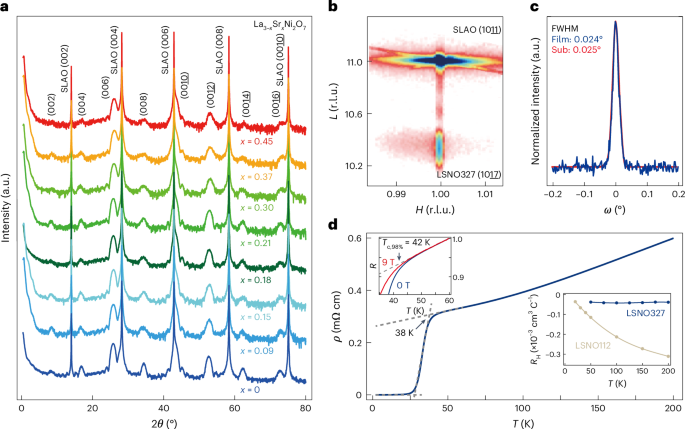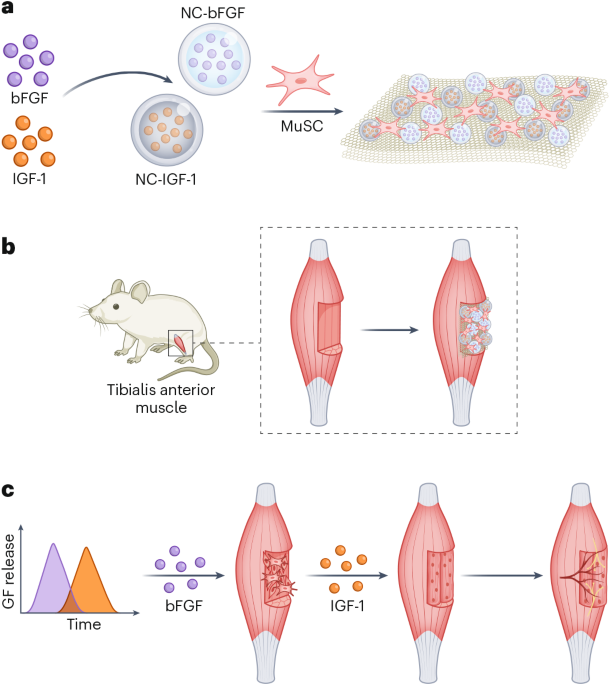
- Aside from destroying a hydropower project and killing 55 people, the October 2023 glacial lake outburst flood in Sikkim also left significant changes in water depth, quality, and floodplain structure, finds a new study.
- The study compared the health of the river pre- and post-flood, and noted that the disaster resulted in the “simplification” of the Teesta river’s complex ecology.
- The changes in the river flow regime could harm keystone species like the snow trout via destruction of spawning grounds, reduced species abundance, and challenges for species migration.
A new study published by researchers from the Indian Council of Agricultural Research (ICAR)-National Bureau of Fish Genetic Resources (NBFGR) reveals the extent of damage caused by the 2023 glacial lake outburst flood (GLOF) in Sikkim, noting significant changes in water depth, quality, and floodplain structure since the deluge.
The GLOF in October 2023 destroyed a 1,200-megawatt hydropower project and killed 55 people as it came cascading down, marking one of the worst disasters the northeastern Himalayan state had seen in recent times. While several assessments capturing the extent of damage to the state’s infrastructure exist, only a few studies have evaluated the ecological damages borne by the river.
The ICAR-NBFGR study, published in the journal Ecohydrology in May, compared the health of the river pre- and post-flood, looking specifically at parameters such as deep pool habitats, water turbidity, and provision of ecosystem services. “We had an ongoing study to capture the diversity of the Teesta basin when the flood occurred, which is why we were able to compare parameters before and after the flood happened,” said Rejani Chandran, a senior scientist at ICAR-NBFGR and an author of the study.
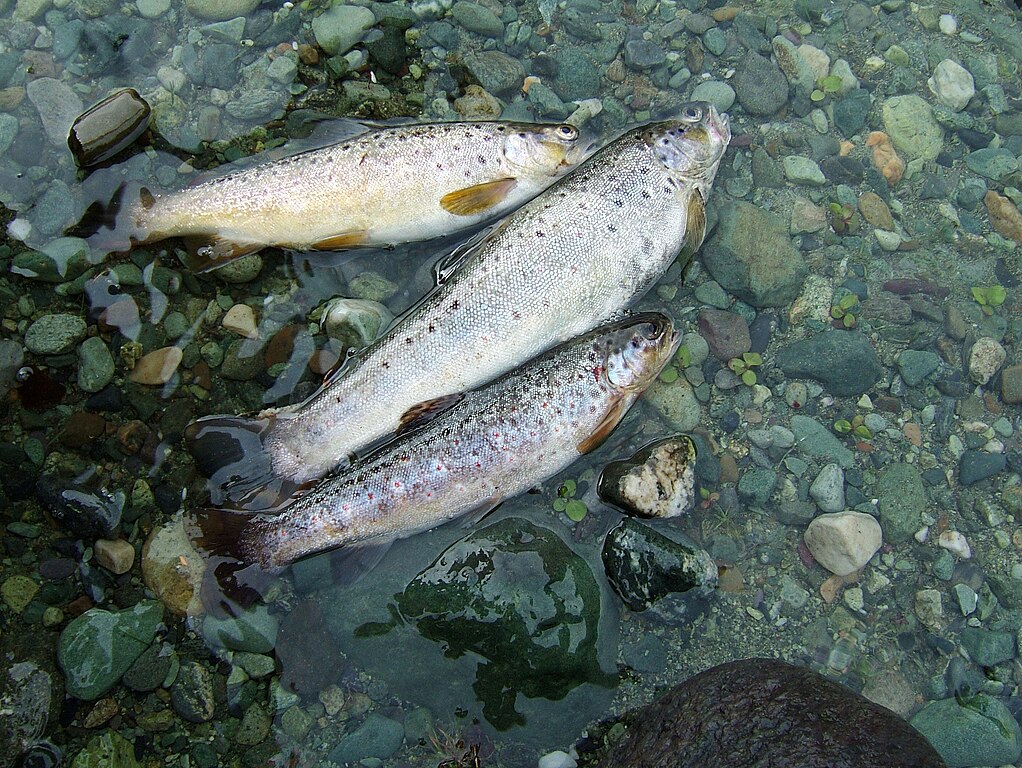
Sujith V. Gopalan, an independent conservation biologist who was not involved with the study, said that such assessments are rare. Gopalan had authored a post-flood biodiversity impact assessment in Kerala for World Wide Fund for Nature (WWF India) in 2019. “Our focus generally tends to be on big mammals and birds. But for the rest of our lesser faunal groups, there is very little understanding of how disasters impact their populations and population structures,” he said.
The GLOF in Sikkim resulted in the “simplification” of the Teesta’s complex ecology, to the detriment of fish species abundance and diversity, the ICAR-NBFGR study finds.
Deep pool habitats affected
The Teesta river stretches across 414 kilometres, originating in Sikkim and extending into West Bengal and Bangladesh further downstream. Its vast elevation range means it passes through different climatic zones and hosts a variety of habitats. Studies have recorded at least 92 species of fish inhabiting the river, including endangered species like the Sisor rabdophorus (a type of catfish) and the “zig-zag eel” (Mastacembelus armatus).
To understand how the flash flood impacted fish habitats, the researchers compared 10 parameters across 11 sites as the river passes through Sikkim and West Bengal, with four sites having a record of pre-flood levels. They also conducted interviews with fishermen, who reported a noticeable decline in fish stocks and loss of ecosystem services.
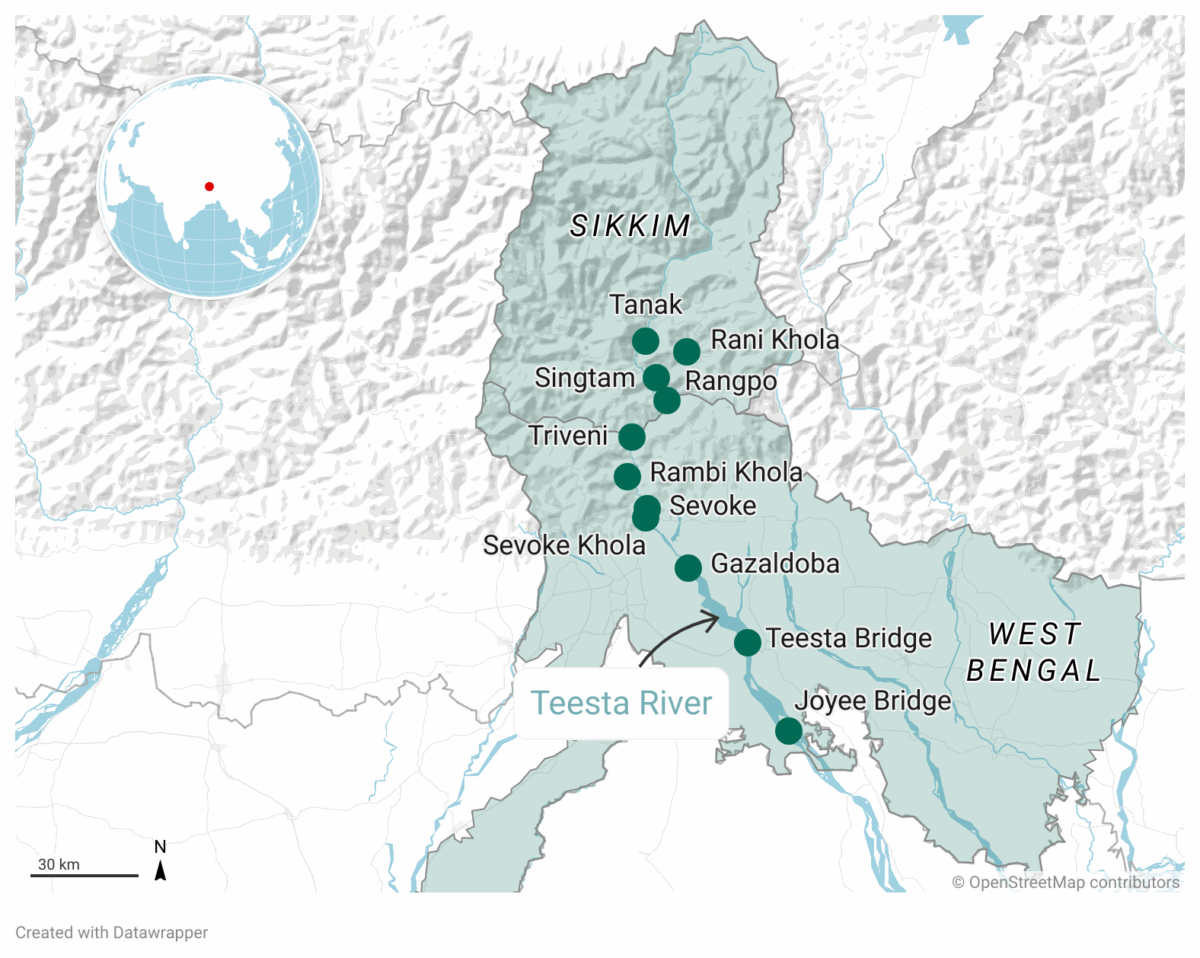
According to the analysis, the gush of water and debris from the GLOF caused the floodplain area to expand by 138% and the width to increase from 88 metres to 147 metres in Tanak, the highest elevation point in the study. These impacts taper further downstream, which “indicates that the negative impact…was higher in upstream than in downstream locations,” the study says.
While the river’s floodplain wasn’t uniformly affected, the study found that water depth decreased significantly across all study sites. Deep pool habitats, which are “unique microhabitats that support rich fish diversity owing to their favourable functional properties,” had disappeared in multiple places. Higher turbidity after the flood in places like Joyee Bridge (West Bengal) and Rangpo (Sikkim) lowers transparency and affects the “overall net primary productivity of the system,” the study says.
The changes in the river flow regime are likely to be particularly harmful for keystone species such as the snow trout and flagship species like the chocolate mahseer, the study notes. Reduced water depth, shifting boulders, and impaired lateral connectivity can lead to the destruction of spawning grounds, reduced species abundance, and introduce challenges for species migration. “Our perception of changes and impacts due to the flash flood match with similar observations made in other studies, which we cite,” said Chandran.
Fish like the mahseer and snow trout are also a source of livelihood for fishers living along the Teesta river. In interviews with 13 fishermen, they observed that larger fish like Barilius (locallally called baroli) had migrated to “safer locations” like tributaries and confluence points, as a result of the damage from the flood. “Subsequently, they (fishers) had no choice but to depend on small fish to generate income for their livelihood,” the study says.
Earlier, fishers would catch three-four kilograms of fish, worth ₹700-800. After the flood, however, fishers said they caught less than one kilogram, worth just ₹50-100.
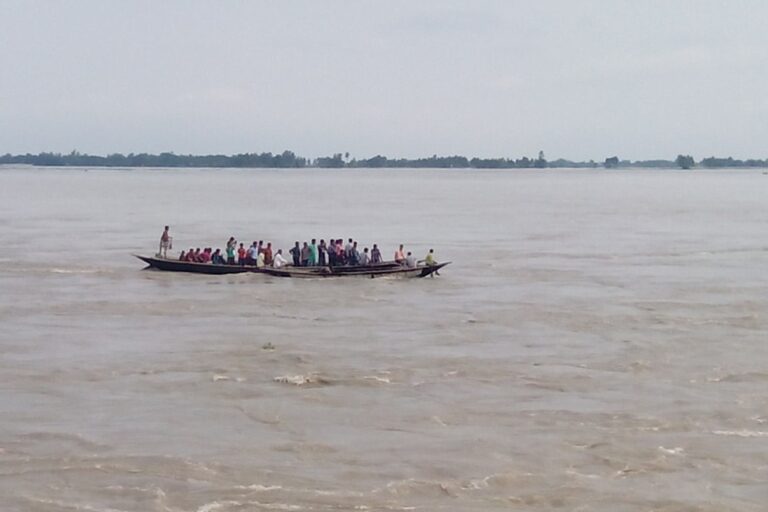
Long-term monitoring needed
The 2023 GLOF was triggered by a landslide, caused by slow melting permafrost that ultimately resulted in large chunks of ice falling into the South Llonark lake. The impact caused a 20-metre tsunami to rise from overfull lake, which then came cascading downstream. A post disaster needs assessment of the event, said the flood damaged 2,004 houses and destroyed 33 roads and bridges.
“When a flood like this happens, microhabitats where fish breed, feed, and move along are all destroyed. The vegetation along the banks of the river are completely eroded. Because of these changes, they may also be more vulnerable to attack from predators due to fewer hiding spaces,” said Gopalan. “Long-term monitoring is important to see whether populations are bouncing back.”
In addition to the flash flood, climate change and dams can also affect microhabitats, the study says. More than 40 small to medium hydropower projects are planned along the Teesta river, the cumulative impacts of which, according to one analysis, could impact more than 100 species of fish. The dam that was destroyed in the 2023 flash flood is also awaiting approval to be rebuilt.
“Flash floods are happening frequently, but there are hardly any baseline surveys to understand the full impact they have on diversity. We hope that this study sheds light on this aspect, and provides a baseline for further study,” said Chandran.
Read more: Political stir follows expert panel’s approval to rebuild Teesta dam in Sikkim
Banner image: Fishing in the Teesta river in Bangladesh. Image by Ahamed Rafid via Wikimedia Commons (CC BY-SA 4.0).












